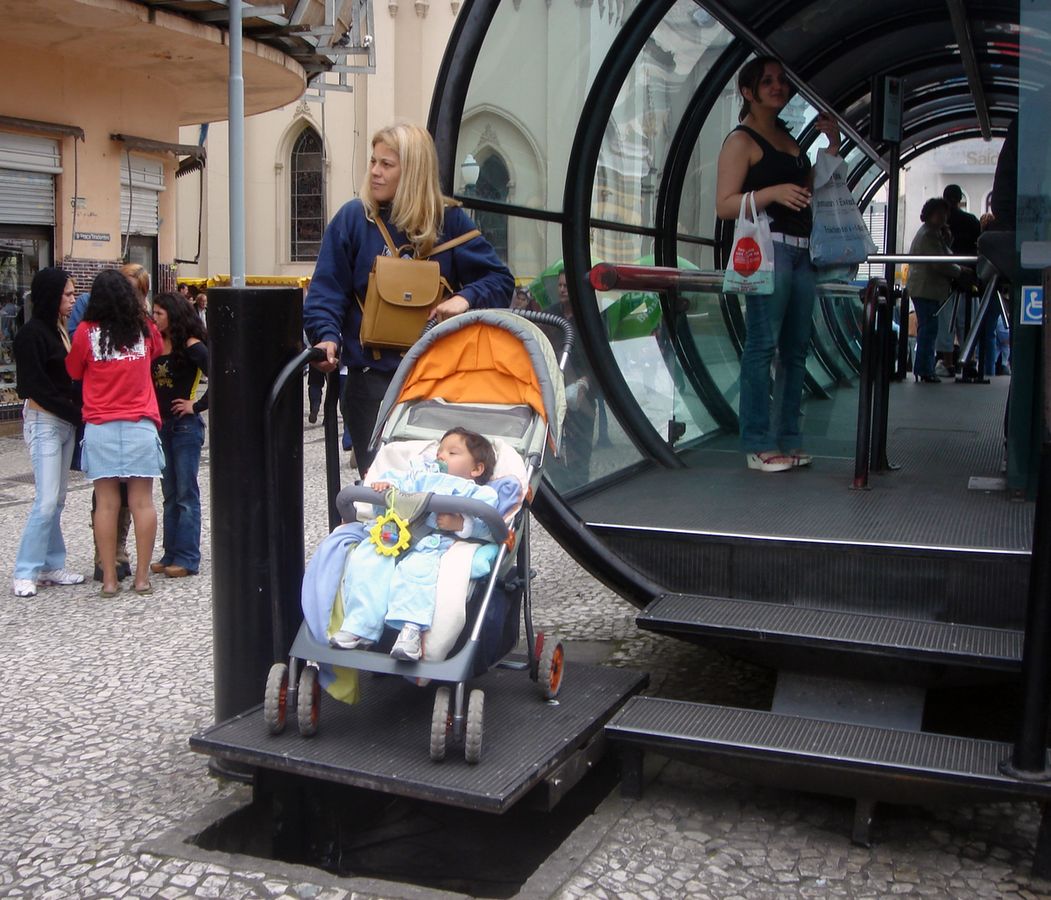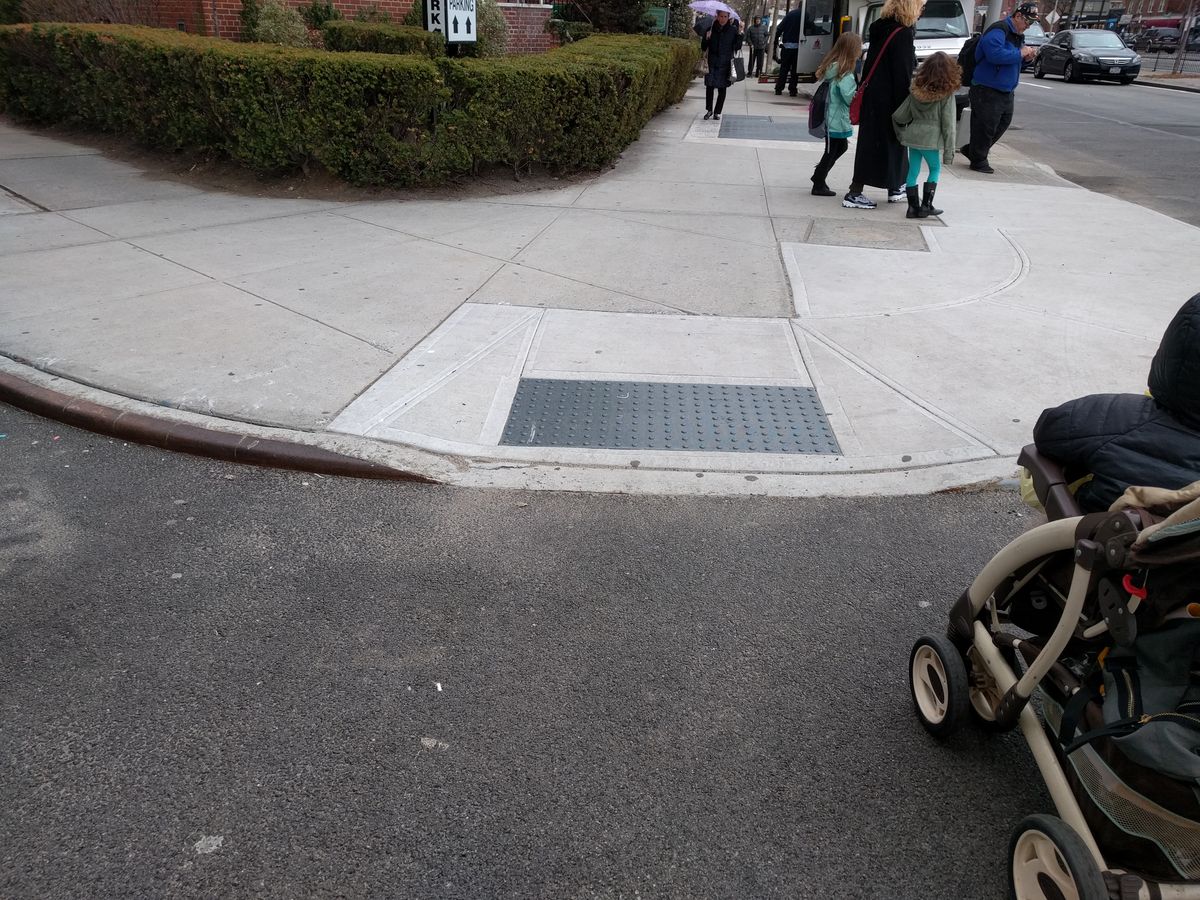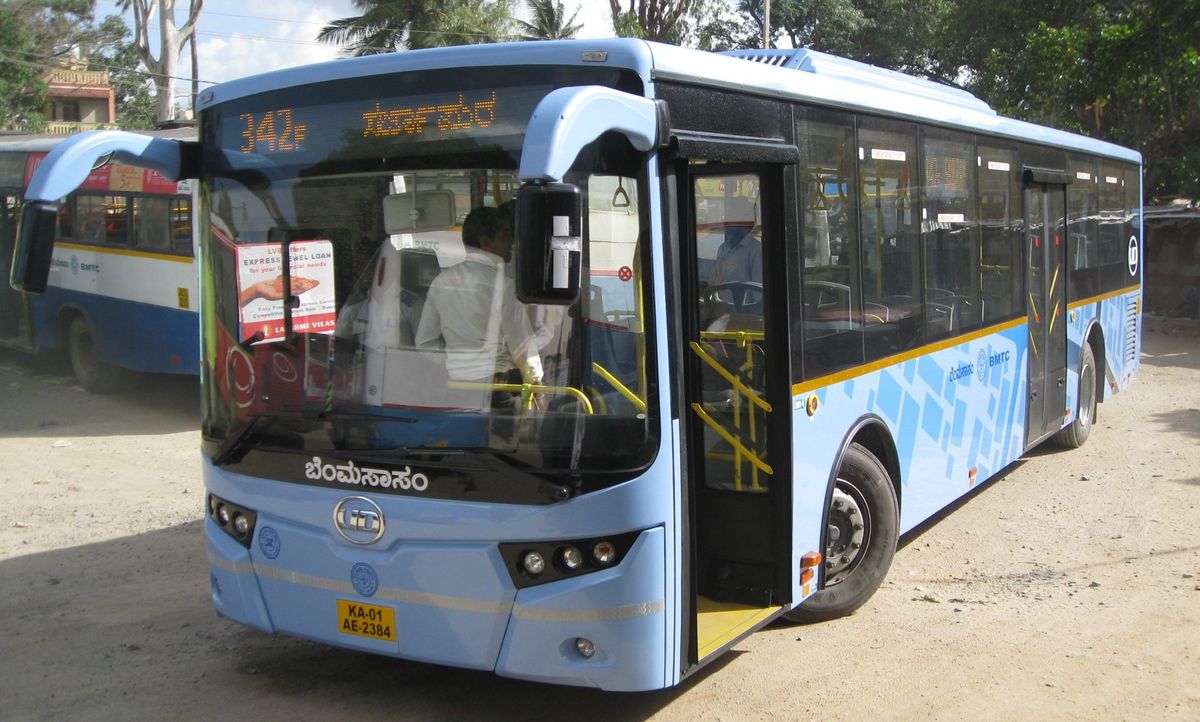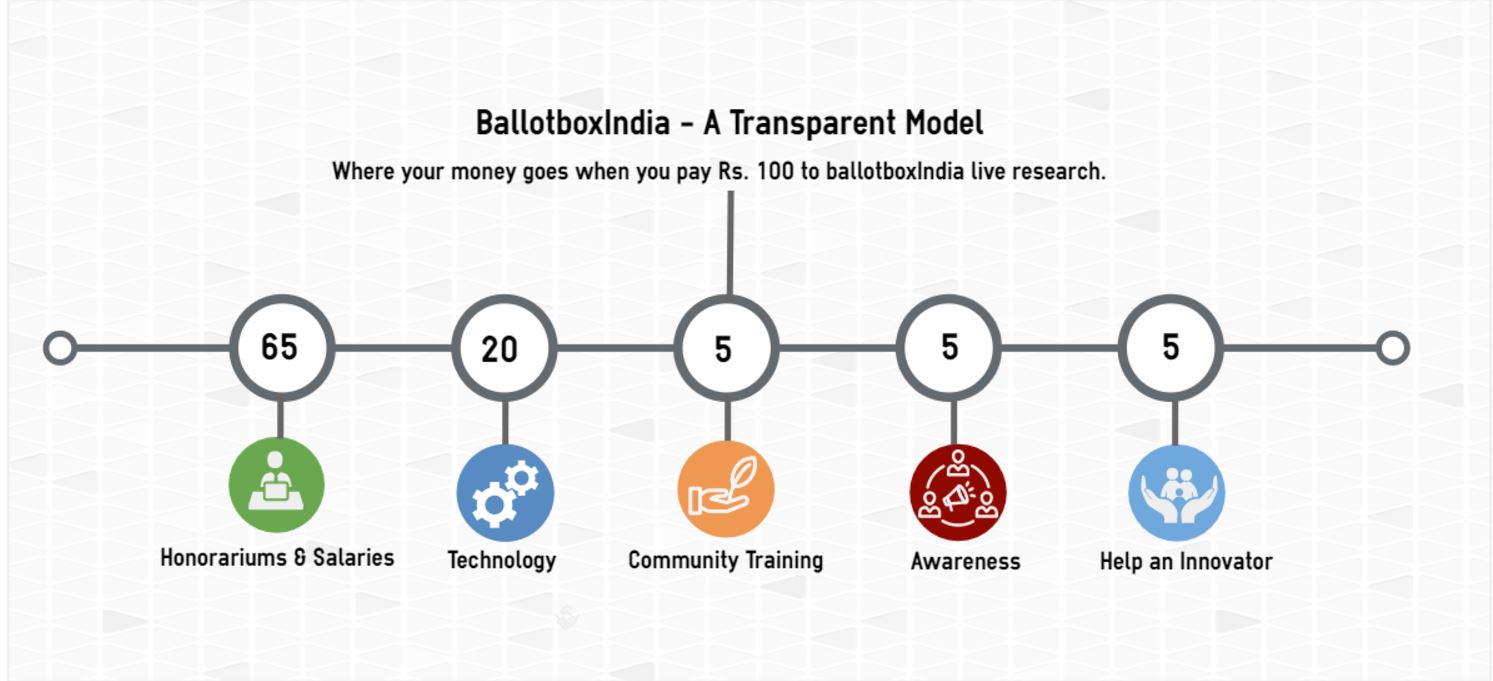There is no greater disability in the society than the inability to see a person as more- Robert M Hensel
Every life is precious and aspirations have the same freedom of flight, still in many societies, owing to the lack of sensitivity, infrastructure and understanding, a person with a disability find themselves condescended by rest of the society.
Be it equal rights to work, compete, accessibility of space, freedom to speak and labor are often crushed by the lack of backing amenities and supportive environment specific to their unique requirements. Being a person with a disability can't be considered a disability, but not being able to accommodate everyone with dignity and equality is a collective disability of the society, which should be discussed, worked upon and remediated.Numbers talk about where we stand.
In India, as per the 2011 census, the population of person with a disability account 2.5% of total population. It has increased by 22.4% from 2.19 crores in 2001 to 2.68 crores in 2011. A quick glance at numbers related to the disabilities in India:
– About 8.4 per cent and 6.1 per cent of the total estimated households in rural and urban India respectively reported having at least one person with a disability.
– The number of a person with a disability in the country was estimated to be 18.49 million from July to December 2002. They formed about 1.8 percent of the total population.
– About 10.63 percent of a person with a disability suffered from more than one type of disabilities.
– For every 100000 people in India, there were 1755 who were either mentally or physically disabled. Among the rural residents, the prevalence of disability was 1.85 percent and that among the urban, it was 1.50 percent. The rate for males was 2.12 and 1.67 percent while that for females was 1.56 and 1.31 percent in rural and urban India, respectively.
– Among the different types of disabilities, the prevalence of locomotors disability was highest in the country — it was 1046 in the rural and 901 in the urban per 100000 persons. This was followed by visual disability and hearing disability.
– About 55 percent of the person with a disability in India were illiterate and about 9 percent completed ‘secondary and above’ level of education.
– Out of 1000 a person with a disability, only 15 to 35 completed any vocational course and of them, 74 to 80 percent in the non-engineering stream.
– The current enrollment ratio per 1000 person with a disability of age 5-18 years in the ordinary school was higher in the rural than in the urban — 475 and 444, respectively for the two sectors.
– About 11 percent of a person with a disability of age 5 – 18 years were enrolled in the special schools in the urban as compared to even less than 1 percent in the rural.
Contrast between Rural and Urban
A major population lives in the rural areas of the country. Their struggle is not noticed and empathized. They are often ostracized from the society. The exclusion of a person with a disability also has a negative impact on the society. They are denied elementary education. Thus decimating the scope of employment. In the absence of education and employment, they stuck in the vicious cycle of poverty and disability. Government's policies don't reach the poor with disabilities in the rural areas.
Things are not that bad in the urban areas but the daily struggle is same. Discouragement and harassment are frequent. Either people are too apathetic with pity or they don't care.
A person with a disability is denied common schools for education. Discrimination in education is a woe of social prejudice who thinks they need different schools. Schools are embodied to render education equally but they deny education to them. They have inculcated the feeling that they cannot stay and study with other kids. This discrimination creates a negative impact.
Disabled Women in Rural Area
In the world of disabled, the section of women suffers the most. Especially women of rural areas. Women constitute the most miserable section of the disabled population. In rural India, women are denied freedom. In the case of disability, they are oppressed and ignored. They are forced to live in isolation and denial. They are not given education as most women are not in rural areas. Another major problem arises is of their marriage and they are often abused.
In urban areas, the picture is few shades lighter. They may are allowed for elementary education but most of them discontinue due to societal pressure and discouragement. They are discouraged to be taken out in public and are always isolated to avoid them from abuse. They are considered weaker targets and vulnerable to abuse. In few cases, disabled women are pursued to give up social gatherings. They are invited to events but are encouraged not to go due to different reasons. They are not let alone to go to schools and colleges for fear of being abused rises manifolds.
Woe of Education for all
The right to free and compulsory education Act enshrines the right to free and compulsory elementary education to children within the age group of 6-14, it also sanctions admission of older students in age-appropriate classes. Besides reservation for disabled students in private and specific schools, the act also directs schools to employ well-trained teachers to cater to their special needs. The provision of Home-Based Education (HBE) is also available for children with multiple disabilities. HBE was envisaged as part of the ‘multi-option model’ and ‘zero-rejection policy’ of the Sarva Siksha Abhiyan (SSA); a bid to impart necessary life skills and school preparedness in an environment most conducive to the child’s needs. But the act of inclusive education lacks in India.
Problem of Inaccessibility

The real difference - Public spaces accessible to all with dignity and equal rights ( A cross section of road in NYC)
Inaccessibility is another problem of the person with a disability. Improper and inadequate facilities are reasons most of the time a person with a disability give up going in public. Most efforts of government in providing infrastructure and facility for a person with a disability have been sluggish and don't perforate down to the ones in need. Most disabled students give up schools and colleges because the infrastructure is conventional, devoid of ramps, wall handles for wheelchair computers and disabled-friendly toilets.
Conditions of a person with a disability are not that apologetic in western countries where proper infrastructure supports disabled and life is less difficult for them. Backed by stringent laws accessibility is a major cornerstone of western urban design built to not only support disabled but elders and children too. With proper facilitation, they can commute with less difficulty.

In India, Public places lack infrastructural amenities to suit disabled. Public transports don't have disabled friendly toilets, ramps, and seats suitable for disabled. Roads don't have an inclined plane to connect the roads to the footpath for easy commuting as compared to western countries where inclined planes connect the roads to the footpath pavements so that wheelchair commuters can move along the roads. In the image below bus doesn't have a portable ramp to smooth the wheelchair.

Lack of Employment Opportunities
Unemployment is another worrying issue for the disabled. Though government jobs have reservations for the disabled, private sector is ignorant to offer employment opportunities to them. With private sector that has more employment scope, its apprehensiveness is derailing the confidence of disabled. With the workspaces that are not equipped with disabled-friendly facilities, and training facilities in India not friendly with a person with a disability, it becomes difficult for them to continue with the job.
Use of Digital Technology to ease the disability
The live research aims at being an enabler for the overall development and sustainable development of Divyangs along with the other sections of the society. Digital technologies when blended with right facilitator services can act as a great support system for disabled, providing with right opportunities and equity in public space to grow as per potential.
Education is another such aspect where digital technology can enable many such learning facets including audio, visual and touch-based system working in sync to bridge any functional gaps. Remember being disabled is not something unique, everyone has a different ability than the other standing next, it's the community which has the collective responsibility to make sure everyone is enabled with the right environment and ecosystem to grow. Failure in doing so is the failure of all, and that would be a communal disability.
World of education and scope of employment would be viable to them. Education and Employment can add feathers to their little aspirations. And their little aspiration is just to live the way others live. Nothing more!
 tag on profile.
tag on profile.





